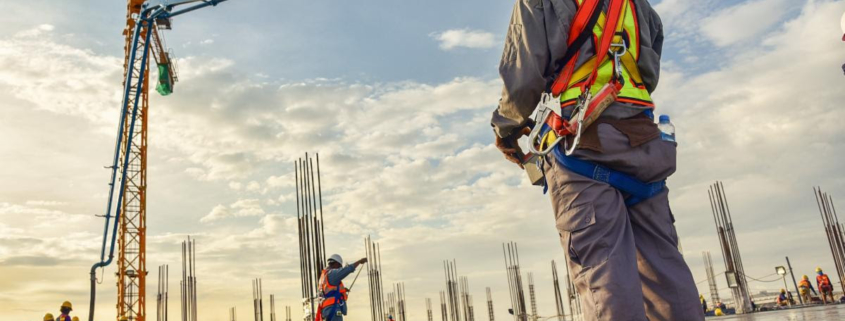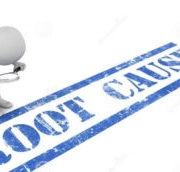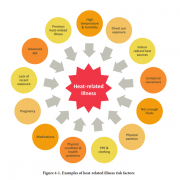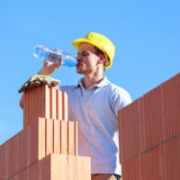Many construction activities are inherently dangerous. However, with the proper safeguards in place, those activities can be made safe. Roofing activities are no exception. Protecting roofers from falls is a key priority in construction.
Some of the most common hazards associated with roofing activities include poor placement of the access ladder, weather conditions, holes in the roof, losing awareness of the edge, and improper training. In 2018, roofers had the fourth-highest number of fatal work injuries. Roofers also have the highest incident rate of nonfatal falls.
For these reasons it is vital that steps are taken to protect workers who are performing roofing activities, especially protecting roofers from falls.
Fall Protection Systems
The preferred method of protecting roofers from falls is using personal fall arrest systems designed for roofing activities. The other conventional methods of fall protection are using guardrail systems and safety net systems.
However, it is not always feasible to use conventional systems. In those cases, consideration should be given to non-conventional fall protection. Non-conventional methods include safety monitoring systems, warning line systems, and fall protection plans.
Safety Monitor Systems
Safety monitor systems can only be used on “low-slope” roofs that are 50 feet wide or less. Low-slope roof means a roof having a slope less than or equal to 4 in 12 (vertical to horizontal). If the roof is greater than 50 feet wide, a combination of non-conventional systems must be used.
Safety Monitors must be supervised by competent persons who are responsible for recognizing and warning employees of fall hazards. If a safety monitor system is to be used, the Safety Monitor must be on the same level as the employees being monitored and monitoring must be their only responsibility.
Warning Line Systems
The use of warning line systems is only allowed for roofing work on low-slope roofs and must be used in conjunction with another system (i.e., warning line system and guardrail system, warning line system and safety net system, or warning line system and personal fall arrest system, or warning line system and safety monitoring system).
When using warning lines, they must be erected around all sides of the roof work area and constructed of rope, wires, or chains.
Fall Protection Plans
The option of using fall protection plans is available only to employees engaged in leading-edge work, precast concrete erection work, or residential construction work who can demonstrate that it is infeasible, or it creates a greater hazard to use conventional fall protection equipment.
The fall protection plans must be developed and evaluated by a Qualified Person (as defined by OSHA) on a site-by-site basis. The same components may be included in each Plan, but it must be tailored to meet the needs of each specific site. If there any changes made to the Plan, those must be approved by a qualified person as well.
A copy of the Plan with all approved changes must be maintained at the job site.
Fall Protection Training Program
Workers engaged in roofing activities must be provided with a training program on fall protection. The program shall enable each employee to recognize the hazards of falling and shall train each employee in the procedures to be followed in order to minimize these hazards.
The training must be conducted by a Competent Person.
For further information, consult 29 CFR 1926 Subpart M.
Find out more about Protection Roofing Workers here.

